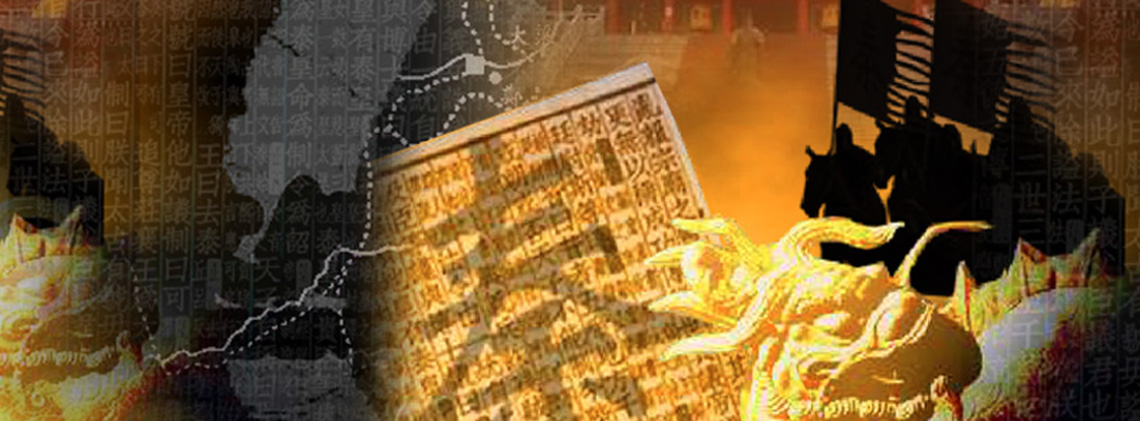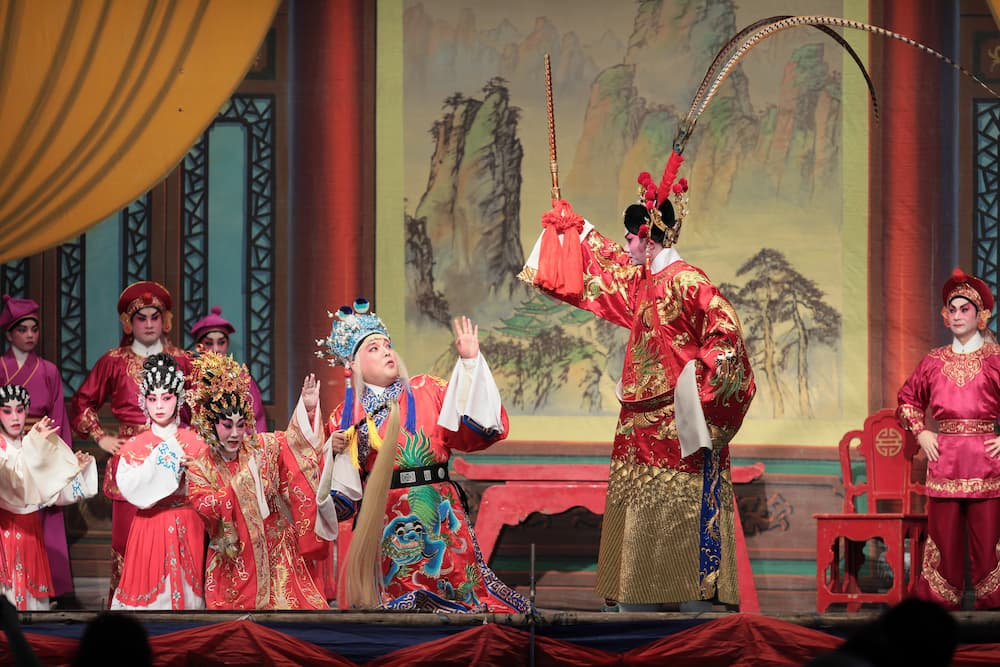
First Emperor of Qin
Splendid
Chi Culture
Topic
First Emperor of Qin
Qin Shihuang, or First Emperor of Qin, was the first monarch to unify China. He laid the foundation for China’s feudal imperial system which lasted over two millennia.
Qin Shihuang, named Ying Zheng (259–210 BCE), was born into the ruling family of the state of Qin. His father was King Zhuangxiang (281–247 BCE). Ying Zheng was born in 259 BCE in Handan, the capital of the Zhao state. His mother, a daughter of a noble family of Zhao, was initially taken as a concubine by Lü Buwei (ca. 290–235 BCE), a wealthy merchant. Recognizing King Zhuangxiang as an extraordinary person Lü Buwei did whatever he could to please him. However, he happened to desire Lü’s concubine. Although pregnant at the time, the concubine was presented to him and she later gave birth to Ying Zheng. This story, while considered unreliable by modern scholars, was relished by past historians and indicates Lü Buwei’s close connections with Qin Shihuang’s mother.
Following the death of his father, who had only ruled for three years, the thirteen-year-old Ying Zheng ascended the throne in 246 BCE. Having seized full power at the age of twenty-two, he eradicated the queen dowager’s clique, purged powerful courtiers, recruited men of talent, retained capable people from alien states, promoted agriculture, and rewarded military achievements. He deployed his troops and appointed his generals wisely, and in ten years he annexed the six rival states and united realm by establishing the unprecedentedly mighty Qin dynasty (221–206 BCE). After the unification, the emperor adopted a series of measures to consolidate the imperial regime. By expanding national territory and strengthening central control over local authorities, he made the Qin dynasty one of the greatest powers in the world.
Qin Shihuang reigned for thirty-seven years (246–210 BCE) with the initial twenty-five years as king of the Qin state and the remaining twelve years as emperor of the unified empire. Historical records say that the emperor, who was vigorous and diligent, would personally attend to everything concerning state affairs, whether important or trivial. He worked during the day and read through the night. As one of the few most diligent emperors of ancient China, Qin Shihuang would not conclude a day without reviewing at least 120 jin (sixty kilograms) of documents.
As the emperor of China, Qin Shihuang went on many inspection tours. During his fifth tour in 210 BCE, he fell seriously ill in Pingyuanjin, Shandong province. The illness worsened and he died at Shaqiu commandery.
Before Qin Shihuang, China was in a state of division for more than 500 years. The unification of the Qin dynasty kept the scourge of war away from the people and stabilized society. Since the Qin dynasty, China’s historical development has always tended towards a unified empire.
The rulers of China before the Qin were referred to as “kings,” but Qin Shihuang, believing that his achievements had surpassed all those before him, changed the title of the supreme ruler to “emperor.” As the founder of the empire, he proclaimed himself “First Emperor.” Since then, all Chinese rulers continued to use the title of “emperor.”
He established a centralized system further to consolidate imperial power. Under the central government were three excellencies and nine chamberlains, all of whom served at the emperor’s pleasure; none of these posts was hereditary.
In order to prevent feudal lords from becoming the source of endless wars, Qin Shihuang abolished feudalism and implemented the system of commandery and county. The realm was divided into thirty-six commanderies, each as the highest local administrative division with a non-hereditary governor appointed by the emperor. Under each commandery were several counties with their magistrates likewise appointed and dismissible. The implementation of the commandery-and-county system played a vital role in ending feudal separatism and maintaining national unity.
He set up a comprehensive legal system based on the laws of the Qin state and the applicable parts from those of the other previous six states.
He also maintained a strong regular army whose magnificent bearing is demonstrated by the terracotta warriors and horses excavated from his mausoleum. In order to strengthen national defense, the Qin dynasty renovated the long defensive walls built by the different states during the Warring States period (475–221 BCE) and constructed the Great Wall.
After Qin Shihuang unified China, he implemented land reforms and tax systems to stimulate economic development. His standardization of currency, weights and measures, as well as the Chinese script had a far-reaching impact on later generations.







